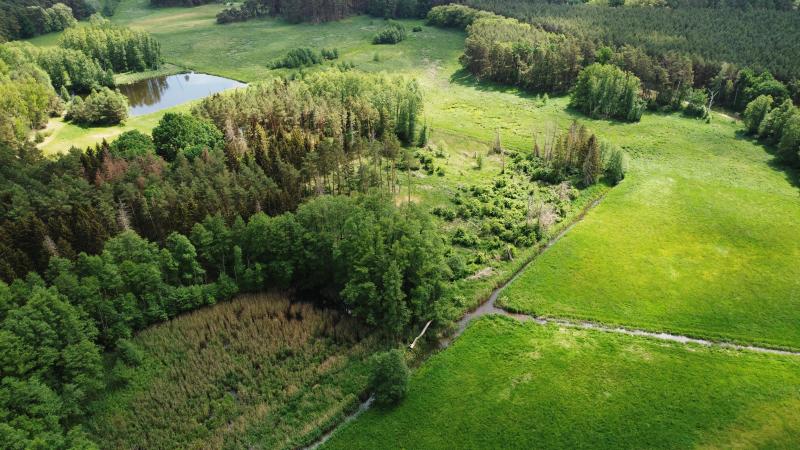
Dörthe Tetzlaff's working group uses the isotope laboratory to investigate the water balance in the landscape. Photo: David Ausserhofer
Isotopes are variants of a chemical element with the same number of protons in the atomic nucleus, but with different numbers of neutrons. They have different physical properties, for example in the absorption of light. In laser spectroscopy, this effect is used by projecting a laser beam into a chamber and recording the change in intensity over time. In the modern isotope laboratory of the IGB, the researchers analyze stable hydrogen and oxygen isotopes that form heavy or light water molecules in various combinations. These molecules are influenced differently by phase state changes such as evaporation or condensation and as a result the ratio changes from heavy to light. Thus the water molecules get their own "fingerprint" and can be measured in our laboratory in liquid samples like rain or stream, or groundwater samples as well as in complex samples like soil or plants.
This includes classical methods such as discrete water samples, saturated water vapour from equilibrated matrix samples ("bag method") or the direct measurement of water vapour e.g. in the soil by means of test setups on site ("in-situ measurement"). The isotope laboratory at the IGB is thus broadly and future-oriented in the field of isotope analysis, and the techniques make it possible to better understand the paths of water through the water cycle.
For a comprehensive understanding, it is not only the absolute quantities of water in the landscape that are important, but also how long the water remains on site and which paths it takes. Climate change, urbanisation and the role of plants are increasingly becoming the focus of this interdisciplinary field of research.

Photo: David Ausserhofer

Photo: David Ausserhofer

Photo: David Ausserhofer





